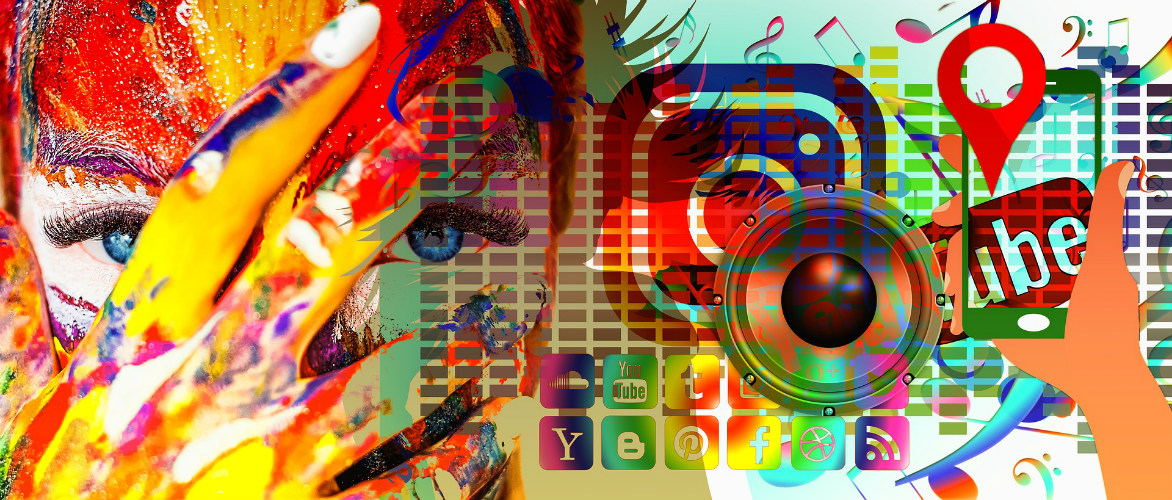Social media platforms have existed in some form for decades, emerging from the early days of inter-institutional networks in the US and eventually becoming a dominant global force in the 21st century.
The biggest platforms now play host to billions of users and generate vast revenues each year. But how have the titans of the industry changed since their inception and have they stayed true to the ethos envisioned by their founders?
The world’s leading microblogging site has faced an uphill struggle from a commercial perspective. It may have gained momentum quickly following its launch in 2006, but it took years to effectively monetize its services and is only now turning a profit.
Twitter made $789 million in Q3 of 2018, easily outdoing the muted expectations of analysts and making up for the fact that it saw 9 million active users drop off the radar, leaving its total at 326 million.
So, what has changed for Twitter? Well, it is not just a place for people to post updates about their own lives and comment on current affairs; it is also a hub for businesses that want to engage with customers more effectively. Take the Casumo Casino Twitter account, for example. It is a small yet growing social media expression of the brand’s central identity, while also providing access to near-instant support for players.
Other defining changes for Twitter have been more mechanical; doubling the original 140 character limit caused consternation in some quarters, but gave users more flexibility and freedom to express themselves, without diluting the brevity that made it stand out in the past. Replacing ‘favorites’ with ‘likes’ also generated debate without fundamentally altering the platform. Meanwhile improved integration for multimedia content, such as pictures and videos, has also allowed for a 151 percent rise in ad engagement.
The controversy surrounding relatively minor tweaks is eclipsed mainly by complaints about Twitter’s lack of action to address some of its more toxic elements. From harassment campaigns to bot-fueled political subterfuge, malicious forces are wielding the platform as a weapon in a way that no one could have foreseen just half a decade ago.
Regarding making changes, Facebook is arguably the most fluid and flexible of all the social media platforms around, as well as being the largest. Its monthly active users sit at 2.27 billion today, and it is also responsible for a further 1 billion users on image sharing app Instagram, with a high level of crossover between the two.
Initially conceived as a site exclusively for college students, Facebook’s audience has expanded and shifted just as much as its design and features. It now skews far more towards older people, with almost a fifth of all users being men aged 25 to 34. This is an indication that the generation which grew up with Facebook has stuck around, while younger individuals are flocking to alternatives in order to avoid having to share the same digital space with their parents and family members.
This morphing of the target demographics for Facebook has in some way been catalyzed by the nature of the user experience. Previously focused on sharing text-based status updates and photos, today many users will find their feeds flooded with videos and interactive content.
Like Twitter, Facebook has been hit with claims that it is not doing enough to make sure that its platform is not exploited for problematic purposes. This includes the proliferation of ‘fake’ news stories and disinformation which can have a damaging impact in the real world.
Snapchat
One of the more recent arrivals to the social media platform sphere, Snapchat enjoyed a stratospheric rise and yet has seemingly hit a plateau much sooner than incumbents like Facebook. It saw a dip in user numbers to 188 million in Q3 this year and has been rocked by its own scandals, mostly surrounding the sharing and selling of sexual content by users.
These issues distinctly muddy the waters for what was conceived as a secure, non-permanent solution for image sharing which aimed to help youngsters communicate and socialize without their creations lingering around online forever.
The list of social media platforms continues to rise, adding, in addition to those mentioned above other already established networks such as LinkedIn, Instagram, YouTube, Pinterest, and Tumbler just to name a few, coupled with newcomers such as StumbleUpon and Phoster. Then add in the demise of once hugely popular platforms such as MySpace and Friendster and you can see, the story of the social media platforms is a fluid and quickly changing one.











